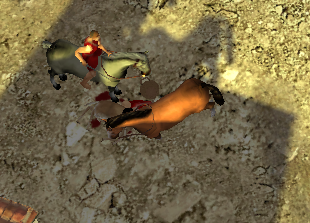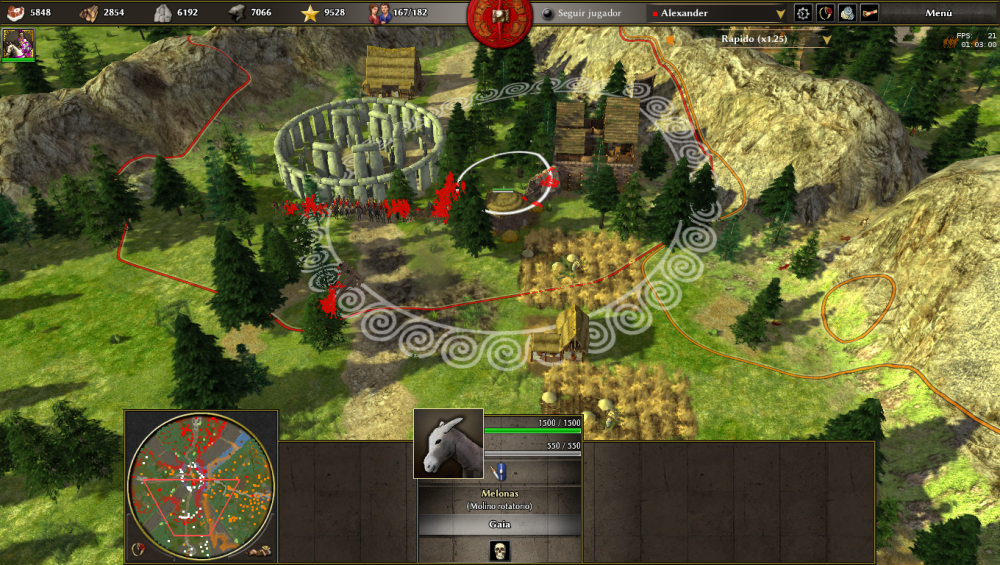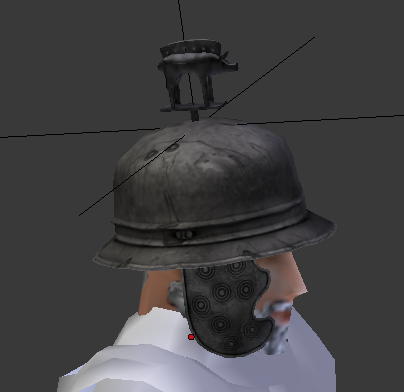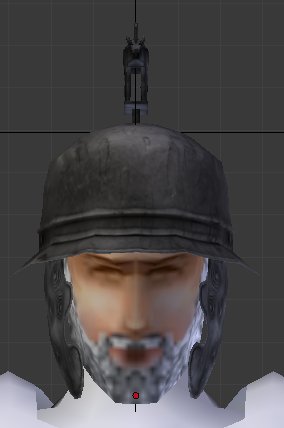Leaderboard
Popular Content
Showing content with the highest reputation on 2018-06-14 in all areas
-
4 points
-
3 points
-
https://en.wikipedia.org/wiki/Aztec_warfare Ichcahuīpīlli: Quilted cotton armor which was soaked in salt water brine and then hung to dry in shade so that the salt would crystallize inside of it. One or two fingers thick, this material was resistant to obsidian swords and atlatl darts. Ēhuatl: (lit. "skin") The tunic that some noble warriors wore over their cotton armour or tlahuiztli,[20] known in Spanish as tilma. Tlahuiztli: The distinctively decorated suits of prestigious warriors and members of warrior societies. These suits served as a way to identify warriors according to their achievements in battle as well as rank, alliance, and social status like priesthood or nobility. Usually made to work as a single piece of clothing with an opening in the back, they covered the entire torso and most of the extremities of a warrior, and offered added protection to the wearer. Made with elements of animal hide, leather, and cotton, the tlahuiztli was most effective by enhancing the Ichcahuipilli. Cuacalalatli: The Aztec war helmet, carved out of hardwood. Shaped to represent different animals like howler monkeys, predatory cats, birds, coyotes, or Aztec deities. These helmets protected most of a warriors head down to the jawline, the design allowed the warrior to see through the animal's open jaw and they were decorated according to the wearer's tlahuiztli.[21] Pāmitl: The identifying emblems that officers and members of prestigious warrior societies wore on their backs. Similar to the Japanese sashimono. These were frequently unique to their wearers, and were meant to identify the warrior at a distance. These banners allowed officers to coordinate the movement of their units.[2 points
-
2 points
-
2 points
-
Also noticed that the Persian camelry scout also has no meat gathering animation.2 points
-
Ok, i just tried out the lastest version. Everything is so good so far but it seems battering ram speed is way too high and unrealistic. They have almost the same speed as light infantry. I don't mind the fact that it is hard to be destroyed and deals lots of damage to buildings but the speed is way too high. Please reduce it. Everyone who is familiar with history knows that battering ram is a very heavy siege engine, it should not be as mobile or move as fast as currently depicted in the game. Thanks1 point
-
So, hands up formations are back !! I am reworking Unit AI to work with formations. So current state looks like: formation members hold their formation position to death formation auras are applied from D1218 formation stops if melee attacked and fight back if not fighting or moving and range attacked goes to the attacker to reach him ( this needs rethink, you ll see why in video ) This is what I need to think how to make it: look for enemies if not attacked by them and attack first based on stances ( yes, formation members can do that, but I needed to disable it for them ) I am currently testing only fighting men to men, so there is a lot of what I need to try. And yeah a lot of tweaking and making things better currently I did. So here is some video about current state (just ignore warnings and errors, they are for my debug): formation rework - state 1 I hope you are excited. Maybe you will see them fightingin A24.1 point
-
I also changed the max attack range for melee units, that makes formation fighting also nicer and more effective1 point
-
Shaved Warriors The shaved warriors (cuachicqueh) was the most prestigious Mexica warrior society. They were characterized by shaving their heads, except for a long braid over the left ear. They painted their faces and bald with two colors, one half blue and the other half red or yellow. They served as imperial shock troops, participating in special tasks, as well as providing assistance on the battlefield when necessary. It was required to have captured more than 6 captives and to have achieved dozens of other exploits to achieve this rank. Apparently, these warriors rejected captaincies in the army to remain active fighters on the battlefield. They were recognizable by their yellow tlahuitzli. When the warrior reached this rank, he swore not to step back during a battle; this under the warning that in case of missing this oath he would have to experience the pain of death at the hands of his companions was the most prestigious warrior society – their heads were shaved apart from a long braid over the left ear. Their bald heads and faces were painted one-half blue and another half red or yellow. They served as imperial shock troops and took on special tasks as well as battlefield assistance roles when needed. Over six captives and dozens of other heroic deeds were required for this rank. They apparently turned down captaincies in order to remain constant battlefield combatants. Recognizable by their yellow tlahuitzli, they had sworn not to take a step backward during a battle on pain of death at the hands of their comrades Others Broadly, Aztec army ranks were similar to the modern Western rankings of “General” and "Major”, as were the groupings of warriors into categories such as “enlisted men” or “officers”. However, while parallels can be drawn between the organization of Aztec and Western military systems, as each developed from similar functional necessities, the differences between the two are far greater than the similarities. The members of the Aztec army had loyalties to many different people and institutions, and ranking was not based solely on the position one held in a centralized military hierarchy. Thus, the classification of ranks and statuses cannot be defined in the same manner as that of the modern Western military.[8] The commoners composed the bulk of the army; the lowest were porters (tlamemeh [t͡ɬaˈmemeʔ]) who carried weapons and supplies, next came the youths (identified by the top knot hairstyle they wore) of the telpochcalli led by their sergeants (the tēlpochyahqueh [teːɬpot͡ʃˈjaʔkeʔ] "youth leaders"). Next were the commoners yaoquizqueh. And finally, there were commoners who had taken captives, the so-called tlamanih. [t͡ɬaˈmaniʔ] "captors". Ranking above these came the nobles of the "warrior societies". These were ranked according to the number of captives they had taken in previous battles; the number of captives determined which of the different suits of honor (called tlahuiztli [t͡ɬaˈwist͡ɬi]) they were allowed to wear, and allowed them certain rights like being able to wear sandals, jewelry, alter their hairstyles, wear warpaint, carry flowers onto the battlefield, pierce, and tattoo themselves. These tlahuiztli became gradually more spectacular as the ranks progressed, allowing the most excellent warriors who had taken many captives to stand out on the battlefield. The higher ranked warriors were also called "Pipiltin". Tlamanih (captor) was a term that described commoners who had taken captives within the Aztec army, particularly those who had taken one captive Cuextecatl Two captive warriors, recognizable by their red and black tlahuiztli and conical hats. This rank was introduced after the military campaign against the Huastec led by Tlahtoāni Ahuitzotl Papalotl[ Papalotl (lit. butterfly) were warriors who had taken three captives; this rank wore "butterfly" like banners on their backs Merchants Merchants, called pochteca (singular: pochtecatl), were perhaps the most valued source of intelligence to the Aztec empire. As they traveled throughout the empire and beyond to trade with groups outside the Aztec’s control, the king would often request that the pochteca return from their route with both general and specific information. General information, such as the perceived political climate of the areas traded in, could allow the king to gauge what actions might be necessary to prevent invasions and keep hostility from culminating in large-scale rebellion. As the Aztec’s empire expanded, the merchant’s role gained increasing importance. Because it became harder to obtain information about distant sites in a timely way, especially for those outside the empire, the feedback and warning received from merchants were invaluable. Often, they were the key to the Aztec army’s successful response to external hostility. If a merchant was killed while trading, this was a cause for war. The Aztecs rapid and violent retaliation following this event is testament to the immense importance that the merchants had to the Aztec empire.[11] Merchants were very well respected in Aztec society. When merchants traveled south, they transported their merchandise either by canoe or by slaves, who would carry a majority of the goods on their backs. If the caravan was likely to pass through dangerous territory, Aztec warriors accompanied the travelers to provide much-needed protection from wild animals and rival cultures. In return, merchants often provided a military service to the empire by spying on the empire's many enemies while trading in the enemy's cities.[12] They were able to earn their protection while further helping their empire. Prior to mobilization, formal spies called quimichtin were sent into the territory of the enemy to gather information that would be advantageous to the Aztecs. Specifically, they were requested to take careful note of the terrain that would be crossed, fortification used, details about the army, and their preparations. These spies also sought out those who were dissidents in the area and paid them for information. The quimichtin traveled only by night and even spoke the language and wore the style of clothing specific to the region of the enemy. Due to the extremely dangerous nature of this job (they risked a torturous death and the enslavement of their family if discovered), these spies were amply compensated for their work.[15] The Aztecs also used a group of trade spies, known as the naualoztomeca. The naualoztomeca were forced to disguise themselves as they traveled. They sought after rare goods and treasures. The naualoztomeca were also used for gathering information at the markets and reporting the information to the higher levels of pochteca1 point
-
1 point
-
1 point
-
https://weaponsandwarfare.com/2017/08/05/the-post-classic-mexico/1 point
-
---------------------- -------- About Mesoamerican warfare https://weaponsandwarfare.com/2015/08/14/mesoamerican-warfare-1200-b-c-e-1521-c-e/ Star Wars https://weaponsandwarfare.com/2015/08/14/mesoamerican-warfare-1200-b-c-e-1521-c-e/1 point
-
1 point
-
1 point
-
Hi, I'm interesting in collaborate as programmer. I love this kind of games and always I wanted to make something like this game. I have experience ( > 3 years) with Visual Studio in C# and VB.NET, but I haven't in C++ on Visual Studio IDE. I know C++, and I was programmed it on Qt. I know work with SVN and Git. I was seeing the code and I was reading the "trac" and "getting start step". I'm in process to understand the code. I was seeing it and I have some doubts with the graphics part: ¿does the pyrogenesis project has graphic part? I mean, in my experience with Visual Studio projects there are windows forms. In this project: how does it work? How can I access to this? Sorry for my English My best! Joni!1 point
-
The graphics stuff is part C++ and part GLSL, with a bunch of xml configs. You can find the C++ part under graphics->renderer in Visual Studio, while the GLSL is in binaries/data/mods/public/shaders/glsl. The xml configs are in binaries/data/mods/public/shaders/effects, although some things are also defined in materials, which are in the same general vicinity. Note that there are a lot of graphics commits backed up at the moment because of the feature freeze for alpha 23 and the upcoming re-release that fixes a bunch of bugs and performance issues people are having.1 point
-
I think you're right about the habit of putting the dynastic name on flags/battle standards. However the font on that flag definitely existed by the Han Dynasty. However, the script style on the flag is called Clerical Script, which DID exist during the Han and was in fact the main script style of the period.1 point
-
Please post your log files they are generated each time the app is run check https://trac.wildfiregames.com/wiki/GameDataPaths for where to find them the system_info.txt file would also be useful. Enjoy the Choice1 point
-
1 point
-
Nah I meant the boar mesh could be bigger looking at how big the bird is.1 point
-
For now with 20 helmets its more than okay for the game, i wouldn't like make helmets that won't gonna be used nor committed so i leave the swan helmet for any specific case asked. Feel free to make the changes properly assigning them among the two civs but also making changes in the helmet colours. I proced now with Hellenic helmets and see if they could be committed. Files: Mods: Base helmets mods: Celtic_Helmets.7z Brit shield because one hero is using it: Brit_shield.7z Blender file: celt helmets.7z1 point
-
1 point
-
1 point

.thumb.png.0d87fc71cb8a644c5d862ceabac1e0d5.png)


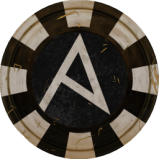
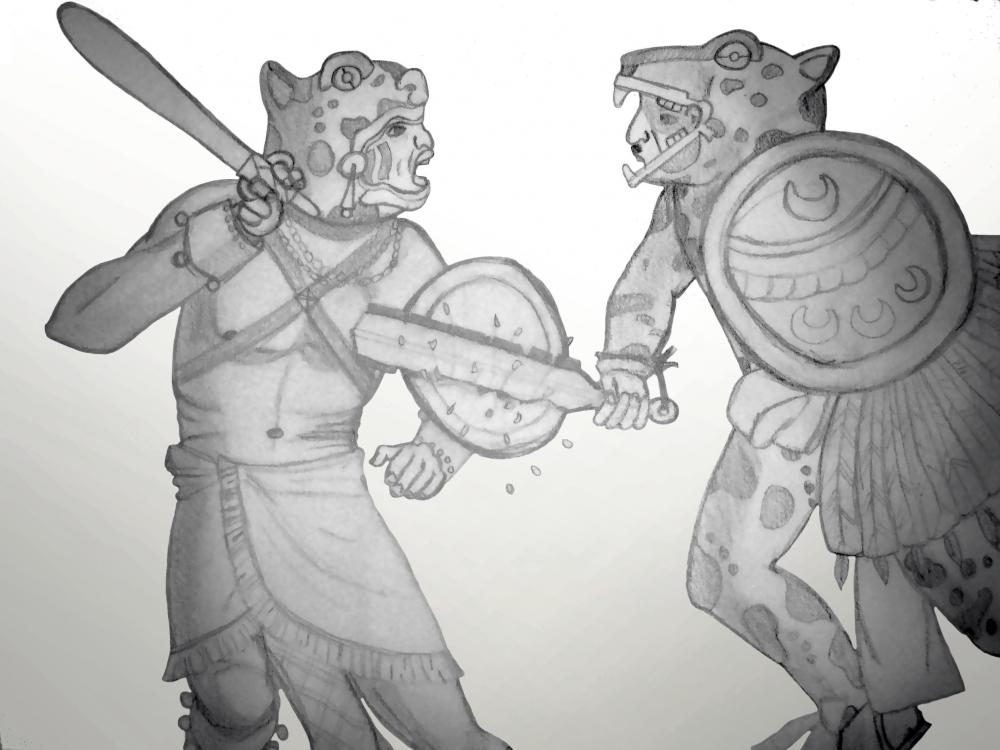
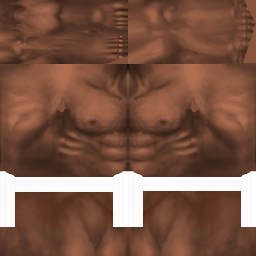
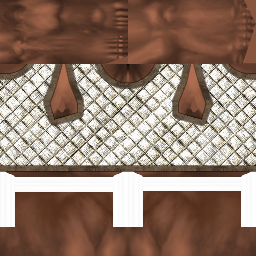
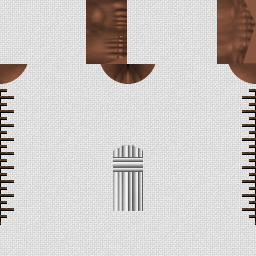
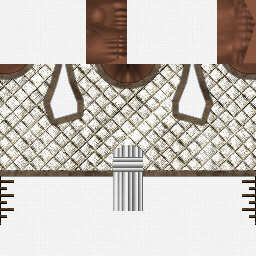
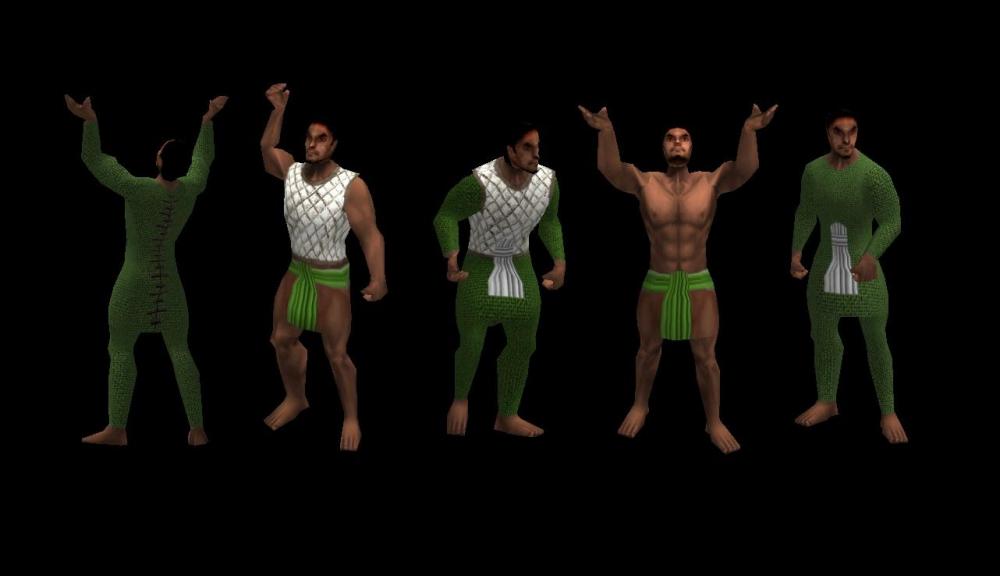

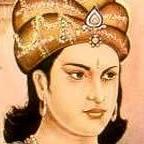
.thumb.jpg.b85f1db9873287a0d10cd2c7e88579c0.jpg)
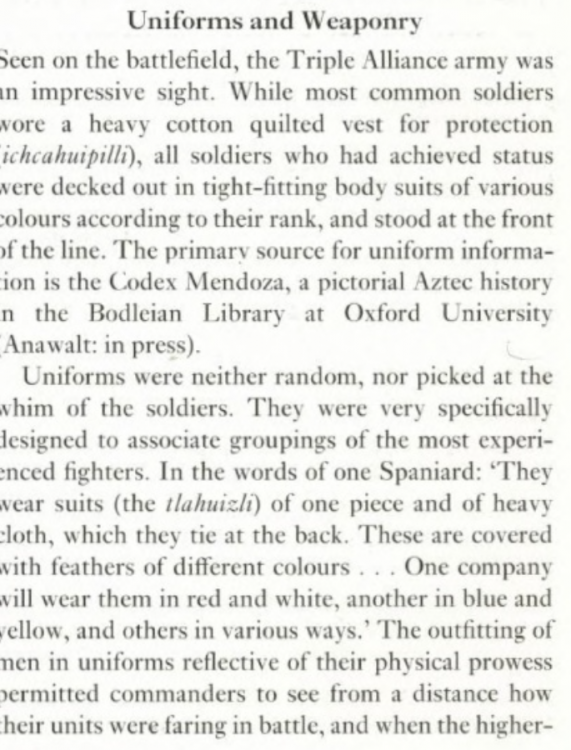
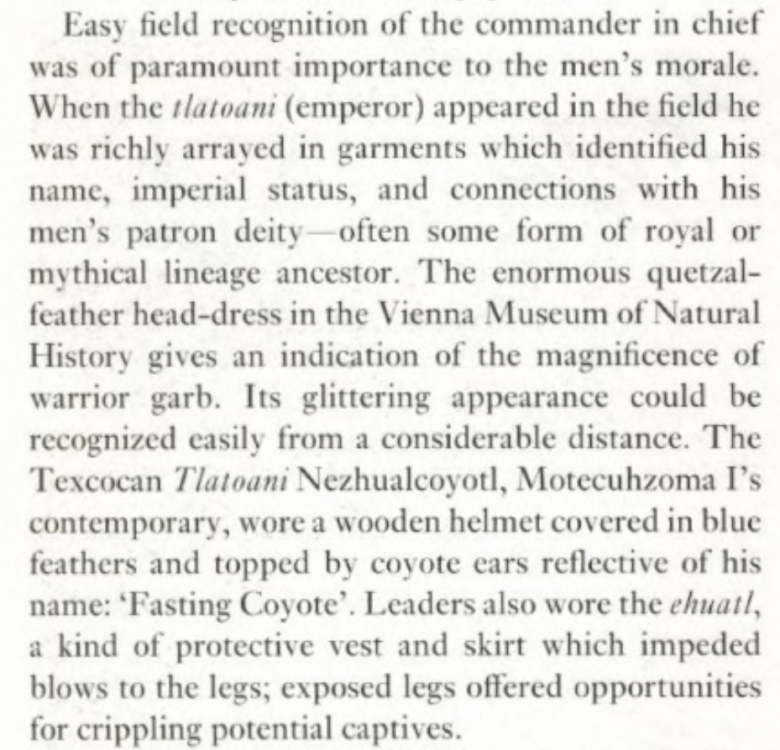
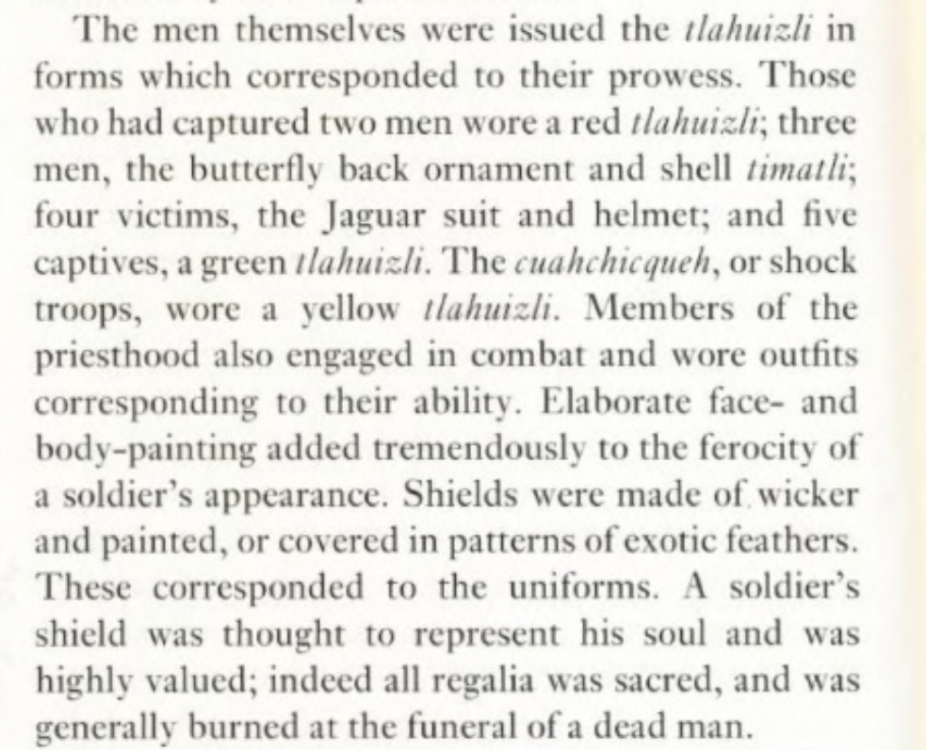
.thumb.jpg.12e114306b64e0d6cb48feac757ea6bd.jpg)
